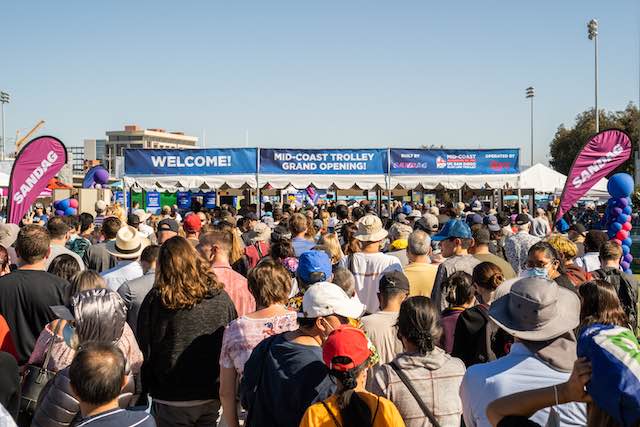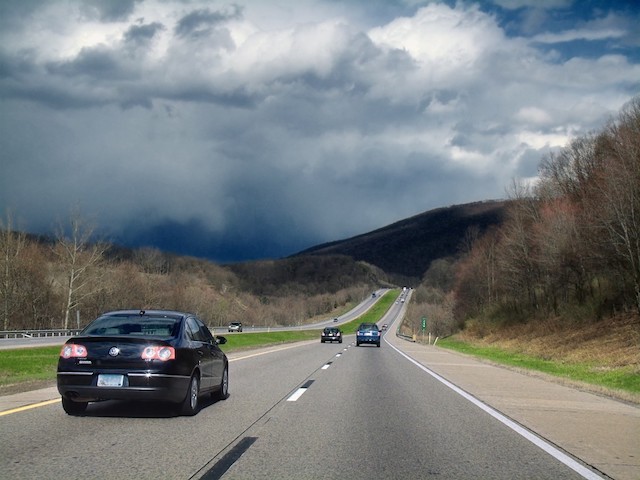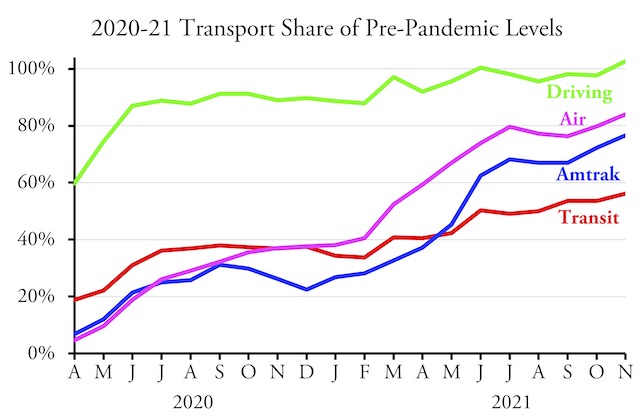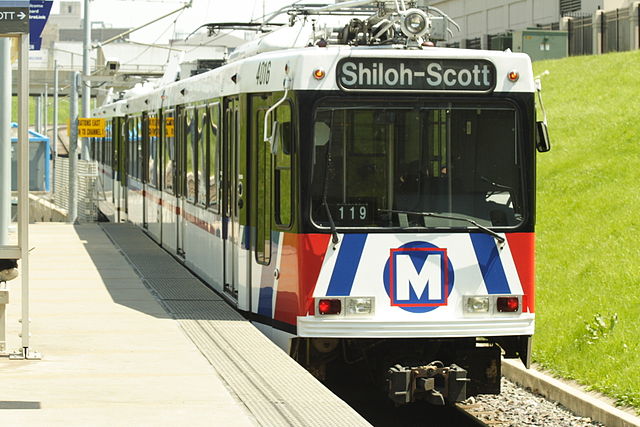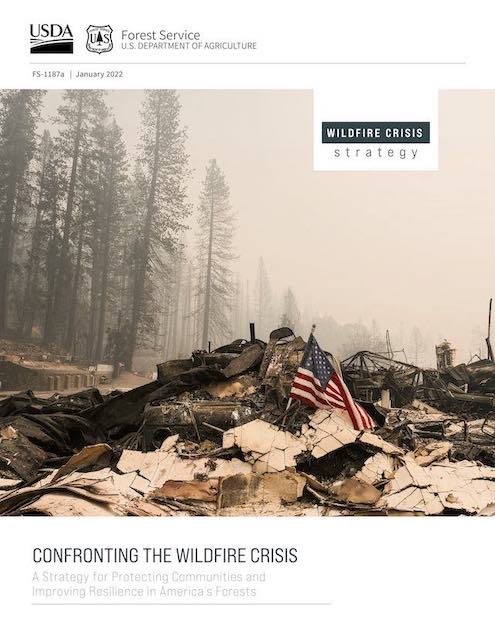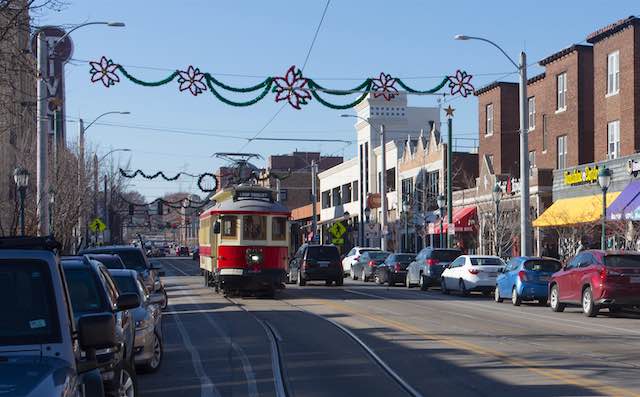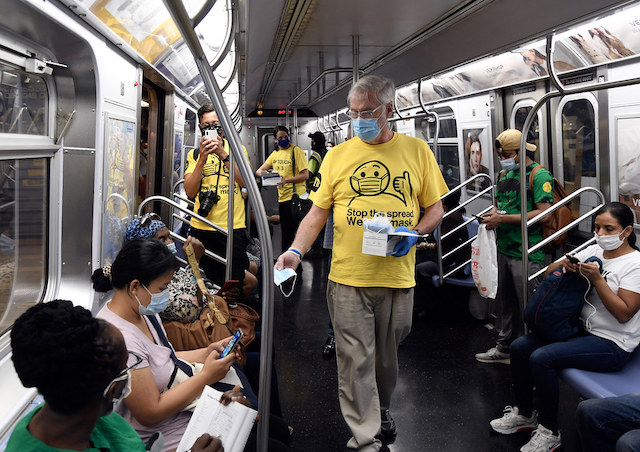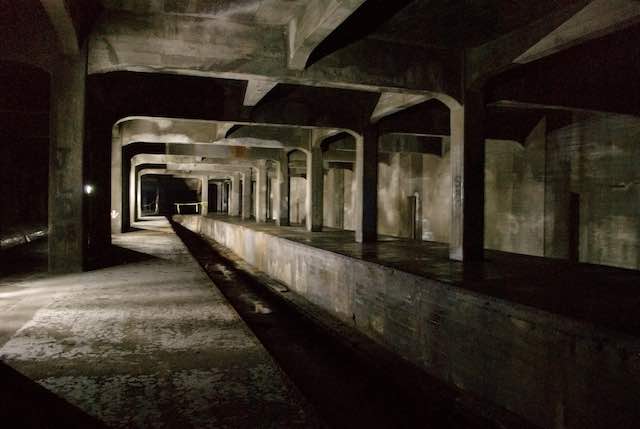At 11 am on December 30, 2021, a small fire was reported near the intersection of state highway 93 and Marshall Road in Boulder County, Colorado. Though driven by high winds, it took a full hour for the fire to creep across three miles of grasslands to the town of Superior, where it proceeded to burn 533 homes to the ground. It also crossed U.S. 36 into the city of Louisville where it burned another 332 homes, as well as 106 homes in unincorporated areas outside the two cities. In addition to killing at least one and possibly three people, the fire also destroyed about 100 other structures, including a hotel, and damaged 150 or so more. In all, it burned more than 6,000 acres in 30 or so hours before snowfall the evening of December 31 put it out.
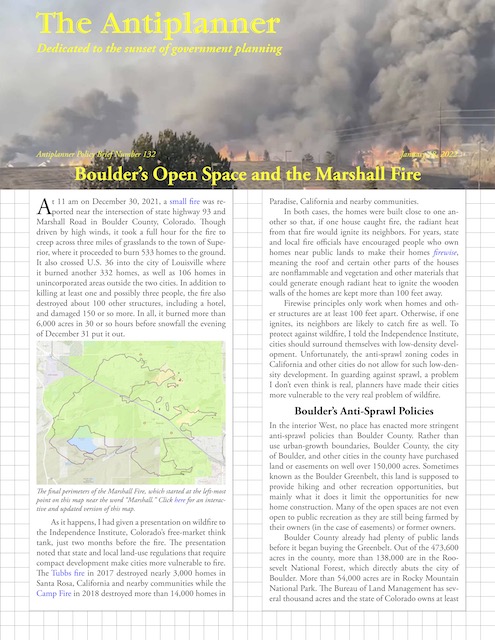 Click image to download a four-page PDF of this policy brief.
Click image to download a four-page PDF of this policy brief.
As it happens, I had given a presentation on wildfire to the Independence Institute, Colorado’s free-market think tank, just two months before the fire. The presentation noted that state and local land-use regulations that require compact development make cities more vulnerable to fire. The Tubbs fire in 2017 destroyed nearly 3,000 homes in Santa Rosa, California and nearby communities while the Camp Fire in 2018 destroyed more than 14,000 homes in Paradise, California and nearby communities. Continue reading →

